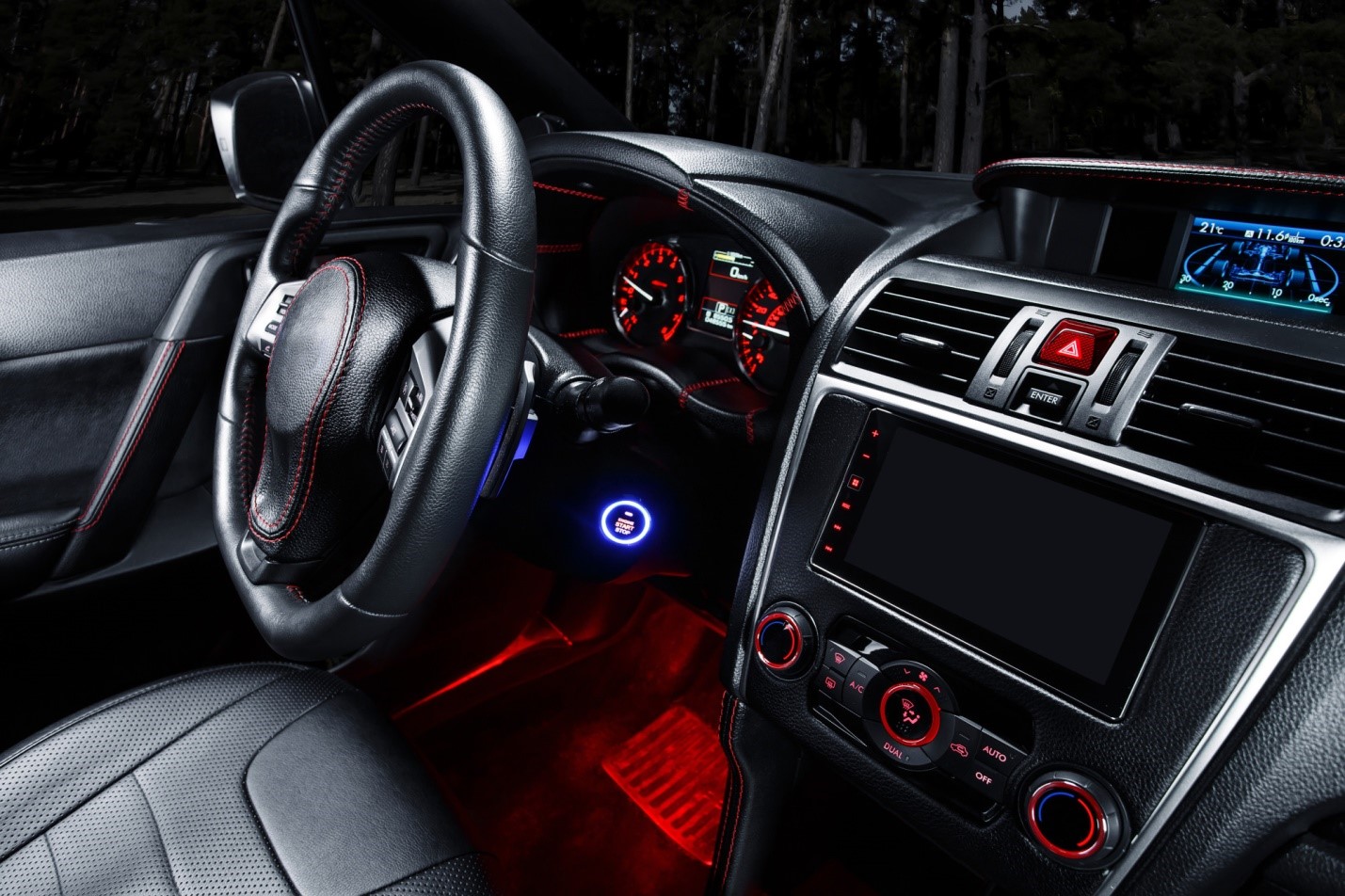[ad_1]
Of the many car driving tips that might be offered, this one isn’t intuitive – accelerate through curves to gain better traction. It seems that acceleration on a curve would cause a vehicle to loose traction and fishtail. It does if you apply too much, but limited acceleration improves traction when taking a curve.
To understand this, let’s first look at traction. Then let’s see how a vehicle wants to behave when rounding a curve, and then let’s put the two together.
Traction is…
Traction is necessary for travel in the direction we desire. When we accelerate away from a stop, the vehicle moves because it has traction with the road. It moves away from the curb smartly if we accelerate more because greater acceleration provides more traction – up to the point where we’ve lost traction because of applying too much power to the drive wheels.
If we’re on snow and ice, nearly any hard acceleration will cause the wheels to slip and the vehicle to slide in ways that make it behave more according to momentum and gravity than in the direction in which we’re steering. If we accelerate lightly, then we’re likely to move in a manner and direction that we expect.
Think in Term of Vectors…
Now, think of vehicle travel in terms of a single vector pointing in the direction your vehicle wants to travel. When you’re driving straight, there is a vector pointing directly ahead of you because your drive wheels are pushing or pulling you in that direction. Easy enough to understand.
Now, imagine the vector when you’re coasting around a curve. It’s pointing ahead of you and towards the outside of the curve because you’re going forward yet momentum wants to take you off the road. Accelerate hard and you lose traction and slide in the direction of momentum – the vector points hard to the outside of the curve as you slide off the road. It’s the same as if you had hit ice on a curve – you lose traction and the vehicle goes where momentum and gravity want it to go.
Putting it Together…
In light of the example above where we lost traction on a curve, it’s easy to understand that more traction will keep us going in the direction we desire (simply because a loss of traction had the opposite effect). We also discovered that increased acceleration provides enhanced traction – up to a point.
Therefore, if we accelerate just a bit, then we’re taking advantage of enhanced traction and effectively redirecting the vector to point more towards the desired direction of travel and away from the outside of the curve. This is why experienced motorcyclists will slow down a bit going into a curve and accelerate through the curve – it helps them “stick” to the road with more traction.
Try it Yourself…
Here’s an experiment to prove the point. Drive with a steady foot around a curve you travel often and note how it feels. Then the next time drive around the curve, simply coast a bit and see how it feels. Then, the next time you drive around the curve use slight acceleration. You’ll notice the difference between the three approaches, and it will convince you that limited acceleration promotes traction in a curve.
Again, of all the driving tips, this one isn’t intuitive, but it’s true that acceleration through curves provides a wider margin of safety because of improved traction.
[ad_2]











